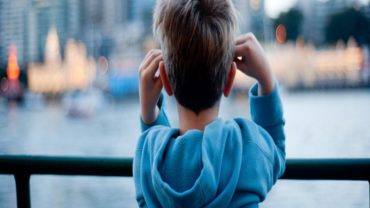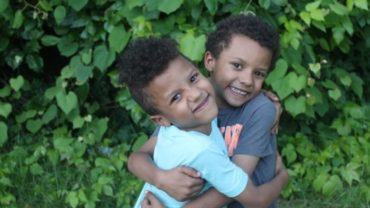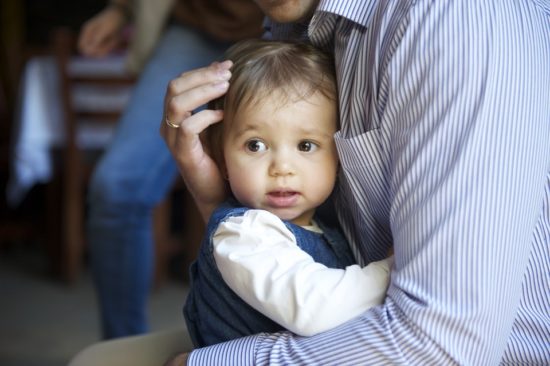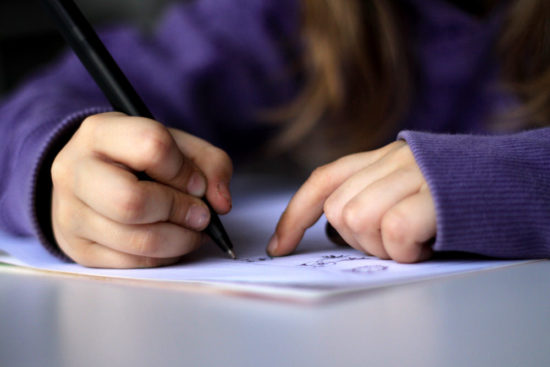via Huffpost: As parents, we must teach our children the realities of life. Life hurts us, people hurt us, we hurt other people and we hurt ourselves. That is what relationships and life are about. The sooner we let our children in on this secret, the healthier their life-approach will be. We must teach that life is not built to be fair. The relationships our children have will, for certain, be their greatest teachers of love and pain. They will never need to use forgiveness more than in their relationships. Forgiveness is many things — but we also must teach that forgiveness doesn’t always mean reconciliation. It is not about condoning harms which have been done. Forgiveness is about taking power back.
5 Ways To Empower Our Children:
1. Let go of the need for closure.
When we have been hurt, we want people to be sorry for what they did. We get so hooked into this that we put our happiness on hold until we get this “apology.” Our children need to understand these apologies rarely come, and each day they are waiting to feel good until they get the apology they believe they need is another day wasted on a person who doesn’t deserve their head space. Closure comes from within and in their ability to let go and move on.
2. Accept what has been done.
What is done is done. They have already been hurt; the attack has happened, and no amount of their anger or sadness can or will change that. We have to teach them that when they can accept there is no way to reverse the damage, they can move on and not give any more time to something they cannot change. This liberates and brings the power to determine their own worth back to them.
3. Grateful thinking.
It is important to teach the “sliver lining” theory to our children. There is positive thinking and negative thinking; each can be an extreme path to take after we have been hurt. There is something disingenuous about a strictly positive thinker, because life is hard and to be positive all the time is not realistic — and to be consumed in negative thought is simply a lack of effort. Grateful thinking is that middle ground where we teach our children to accept life on life’s terms and to find the good in the painful and in the wonderful.
4. Forgiving is a verb.
We need to teach our children the importance of time when they have been hurt, because hurts don’t usually heal quickly. Forgiveness is not an event; it is a process. Their feelings are going take time to process, and they need to know this is OK. Their emotions are healthy and they, like us, need to experience the full range of emotions when they have been betrayed before they can get clear about what they need to do next.
5. We come through every hurt stronger.
If we can show our children that how things are supposed to be is often very different from how they turn out, this will help them develop a realistic and mature view of life and people. With each hurt, our children have the opportunity to turn a grievance into a success. We must show them their emotions are natural, and that they grow the most by being more human (feeling emotions), not by being less human (acting like they don’t care).
We owe it to our children to teach them that forgiveness is the continual process of understanding that, no matter how much they want to have life lived according to their ideas of fairness, it doesn’t work that way. When they can see forgiveness doesn’t always mean taking a person back who has hurt them, they can breathe. All forgiveness means is accepting that what happened cannot be changed and no amount of their pain, anguish or anger is going to undo what was done.
Little Life Message: Teach your children that their best revenge is to move on and find their happy.





